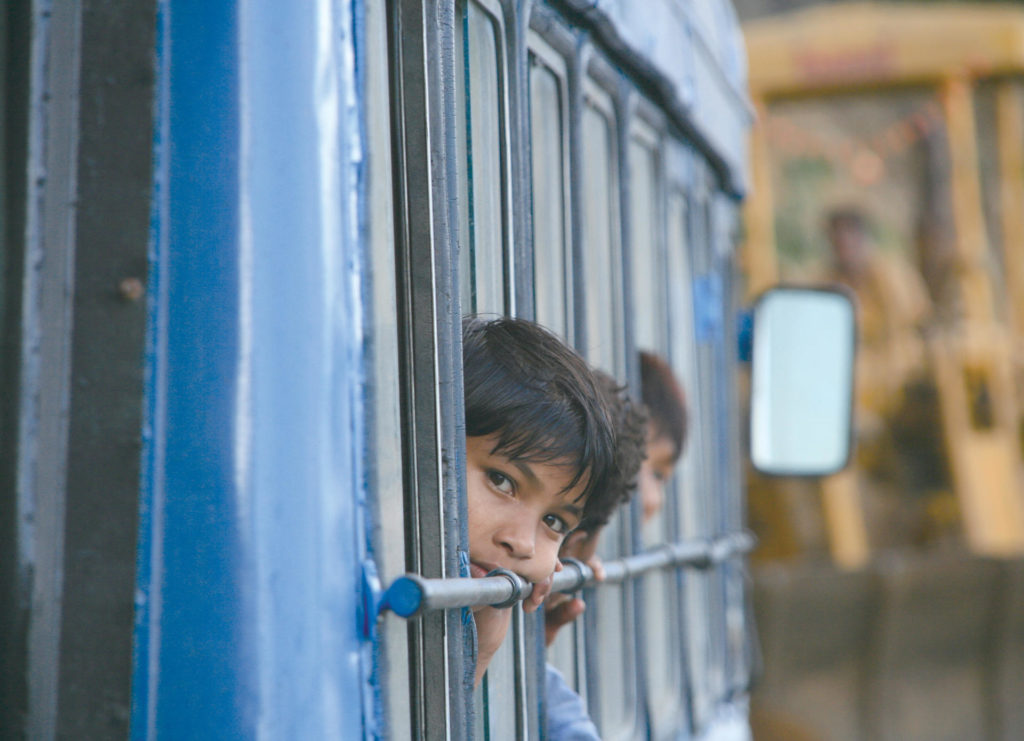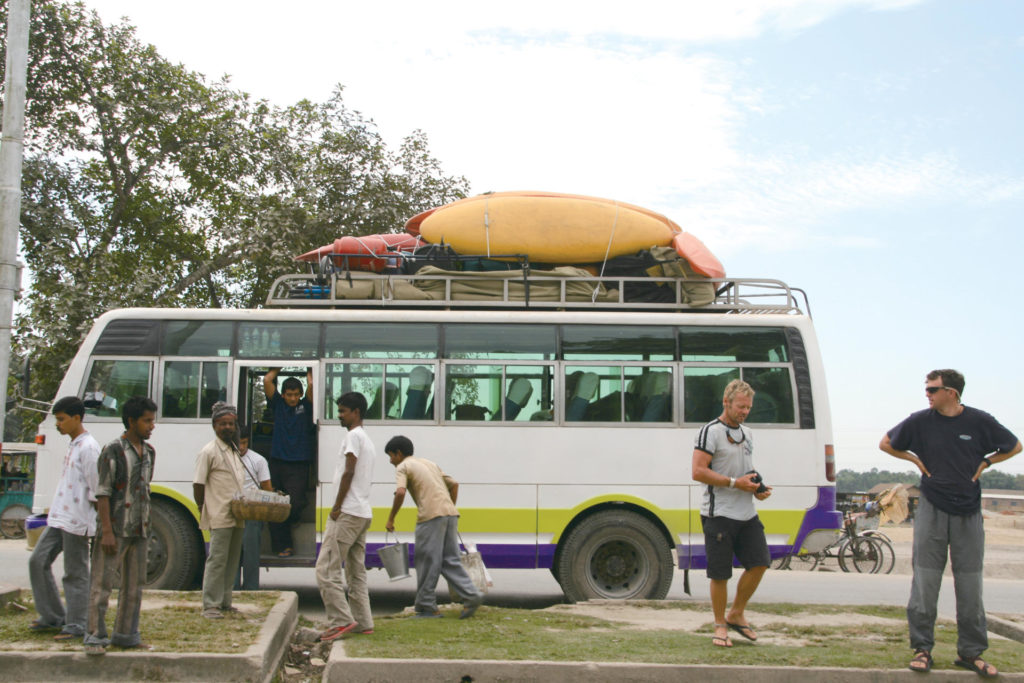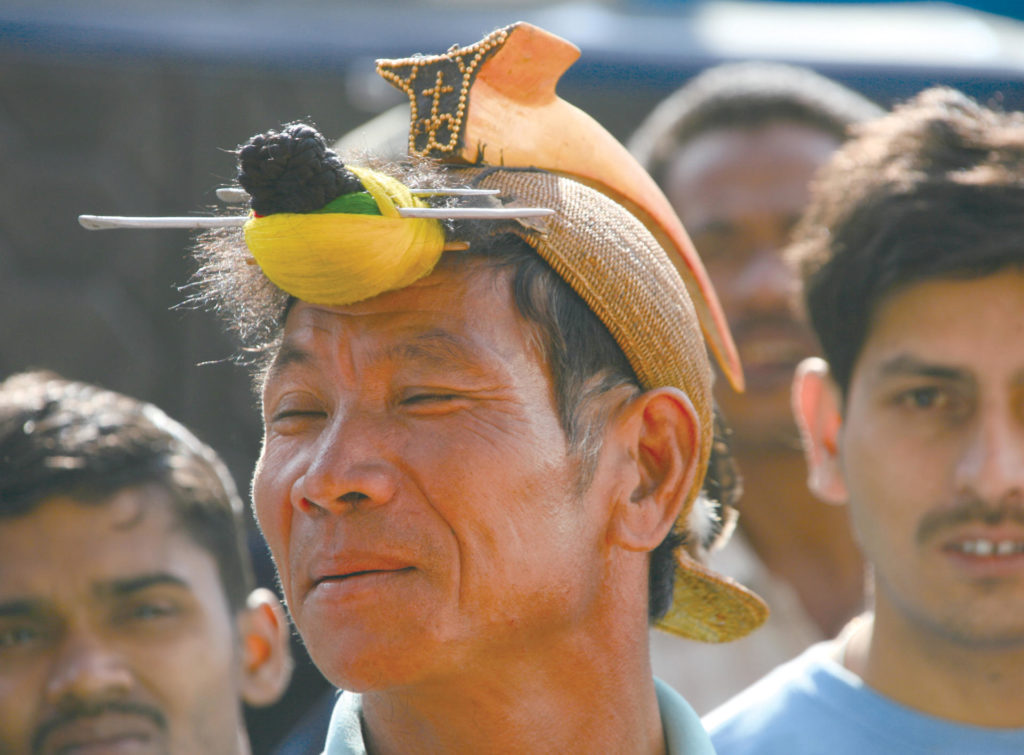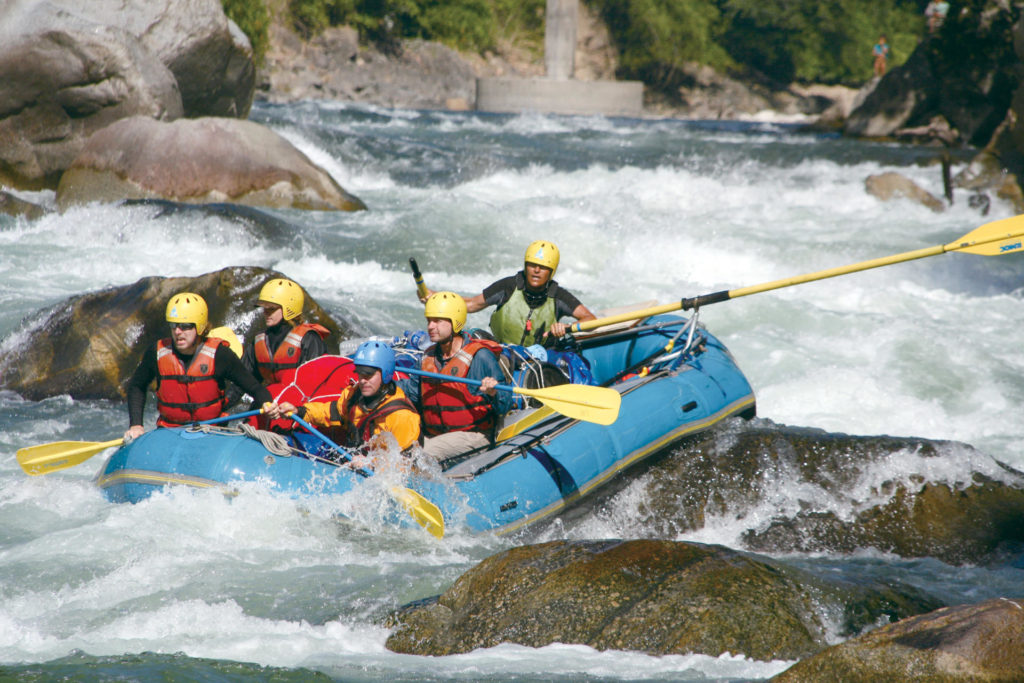Wedged between Bhutan, Tibet and Myanmar, Arunachal Pradesh is one of Asia’s last untamed frontiers. The remote mountain sanctuary in India is home to colorful indigenous tribes, rare wildlife and, until now, an unrunnable stretch of white water on the Kameng River.

The Kameng River originates from a glacial lake in the Tawang District on the India-Tibet border before cutting through western Arunachal Pradesh until it finally flows into the mighty Brahmaputra River.
Our expedition was organized by Dave Allardice and Ultimate Descents, 11 members assembled from Australia, New Zealand, Belgium, the USA and Great Britain. Some had experience with first descents, while others did not. Yet all were reasonably fit, adventurous and successful enough to afford a trip like this, where logistics and access can be expensive.
We were, in fact, the first commercial rafting expedition to attempt to navigate the Kameng. The remoteness of the area and the difficulty obtaining permission had been the main obstacles until now; the area had just recently been reopened for tourists (with the right permit).
After obtaining the proper paperwork, we still had to find a way to get our gear in (and out). It took us five days just to drive the bus from Kathmandu. The river, no doubt, would present its fair share of challenges, but just getting to the put-in point for our rafts and kayaks seemed like an adventure in itself.

Vigilante Justice and a Lock Down
Soon after we picked up our crew from the airport in Guhawati, our first problems arose. Suddenly we were trapped behind a rioting mob that had blocked the road and, for two hours, we waited while they searched for a driver who had just hit and killed a pedestrian, then done a runner. The mob wanted justice.
Once the culprit was found, and negotiations on his fate were finished, the mob was satisfied and dispersed. And we were finally on our way to our first stop, the town of Tezupor.
After a five-hour, bone-rattling bus ride from Tezupor to the town of Seppa, the highest town in the Kameng Valley, we arrived to find the whole town celebrating Diwali, one of the biggest annual festivals on the local calendar. We located our hotel and were settling in when the authorities showed up and checked our papers. They informed us, for our own safety, we would be locked in our hotel and guarded. So, the rest of the night we all kicked back on the roof and watched the town party fiercely. There were gambling, drinking and fireworks on every street – as well as the occasional gunfire.
Stray Rockets

The next morning we shuffled our gear from the bus onto four jeeps we had hired to take us as far as the road would go, when the authorities returned and told us our permits were not in order for this area. They told us to drive all the way back to the entry point at Bhalukpong.
The rest of the day we sat and tried to negotiate a deal, so we could continue our trip. They agreed to let us stay one more night at the same hotel but, since it was totally booked, we pitched our tents on the roof of the hotel and camped. It was another night of chaos with fireworks going off everywhere. A few creative locals even tried throwing some onto the roof of the hotel.

Fortunately, the morning sun brought good news. The local authorities had contacted the Delhi office, and everything was approved. We were finally good to go and, once we were able to find our vehicles, we set off.
Eight hours and four flat tires later, we reached the end of the so-called road. It was as far as we could go, so we unloaded the vehicles in the dark and set up camp on the banks of the Kameng River.
The Kameng Valley is spectacular. Virgin forests drip into the river from the surrounding mountains and hills. The first day on the water was incredible with white water around just about every corner. There were big grade three rapids and a couple of long grade fours. We also hit rapids at the confluence of a tributary coming in from our left, which doubled the size of the river.

We camped on a pristine white sandy beach as the jungle closed in around us. Out of nowhere a few Nishi tribes people appeared to inspect the strange flotilla that had just landed. The next morning we woke to a larger group of them; a few of the older men donned colorful headdresses. They had come down to view the collection of curious foreigners camping on their beach. After a few photos and many handshakes, we set off hoping to make some lost time by reaching the bridge we crossed near Seppa.
The Elephant in your living room
The next day was yet another great day of white water. There were a few long flat stretches, but the scenery compensated for any lack of excitement. We camped farther down from Seppa so we could stay away from the prying eyes of the town’s people there. The next few days we passed through a jungle corridor so dense, with terrain so steep, it was inaccessible to even the locals.
Exploring this wild place was amazing; huge bedrock canyons with waterfalls were cascading into the river from both sides nearly every 500 meters. Camp spots were rare so we stopped at any sandy beach where we could fit. While we were camping out at one such spot, a huge crashing noise roused us early in the morning. A couple of us got out of our tents to see what was going on and were startled by a big wild bull elephant that had came crashing out of the jungle to get a drink.
Still somewhat in a fog, we panicked and ran for the rafts, shouting to the others. Luckily, the elephant was more composed and simply headed back between the tents and into the jungle. The only damage was a trampled empty dry bag. We were now well into a tiger sanctuary, and the brush with the wild elephant had raised hope we might even see a tiger before the end of the trip.
Icing on the Cake
The last few days provided more fantastic white water, complete with a few swims and some near flips on the raft. The pristine scenery and interaction with the local tribes just added the perfect balance to our time on the water. We all agreed it was a near perfect adventure.
Upon reaching our final take-out point, we loaded everything onto our waiting bus and settled back with a beer and a smile. All that was left now was getting everyone back safely to Guhawati Airport from where we’d be on to our next destinations.
With time to reflect on our journey, I concluded the Kameng was not nearly as technical, physically challenging or logistically difficult as other first descents we’ve done, although access and permission was a challenge. It was, however, a perfect blend of white water, natural scenery and cultural interaction. With any luck, we will be back to introduce another group to the splendors of the Arunachal Pradesh – sans the Diwali fireworks.
For more information on international rafting expeditions and first descents, contact Pat O’Keefe at Hokkaido Outdoor Adventures (www.rafting-hoa.co.jp) or Dave Allardice at Ultimate Descents (www.ultimatedescents.com).




